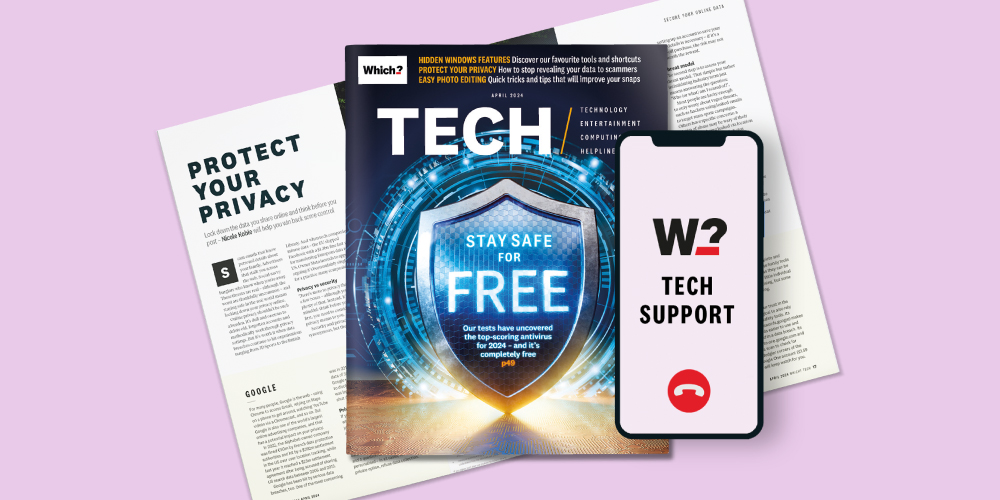
Get Which? Tech Support for £49 a year or £4.99 a month
Contact our experts for unlimited 1-to-1 support by phone, email or remote fix.
Find out moreBy clicking a retailer link you consent to third-party cookies that track your onward journey. If you make a purchase, Which? will receive an affiliate commission, which supports our mission to be the UK's consumer champion.

From September, third-party apps that use only a password to access Google Accounts (including Gmail) will no longer be supported.
To enhance user security, Google is disabling what it refers to as Less Secure Apps (LSAs). The tech giant announced in a blog post that these pose a potential risk, as third-party apps could be exploited to gain unauthorized access to your account.
Below, our experts at Which? Tech Support explain how to check if you're affected, and what to do if you are.
Join Which? Tech Support – stay on top of your tech and get unlimited expert 1-2-1 support by phone, email, remote fix and in print.

Already a Tech Support member? For 1-2-1 technical advice, scan the QR code to go to our Tech Support booking tool. Reading this on your phone or tablet? Click to go to our Tech Support online booking tool.
From 30 September, third-party apps that require password-only access to Gmail, Google Calendar or Contacts won't work.
To access your account moving forward, you'll need to use a more secure type of access known as OAuth. With these new security measures in place, Google will be better equipped to prevent scammers from accessing your email account.
If you don't complete the steps above before the deadline, you won't be able to log in.
News, deals and stuff the manuals don't tell you: sign up for our free, monthly Tech newsletter.
While we're on the subject of data security, it's worth enabling 2-Step Verification (2FA) on your online accounts, if you haven't done so already. (See what is 2FA if you want to find out more.)
With 2FA enabled, you can add an extra layer of security to your account. When you attempt to access an account from a new device, the associated website or app will send a code to your phone. You then have to enter the time-sensitive code before you can continue using it.
To activate 2FA for Google, do this:
To activate 2FA for Microsoft, do this:
See also: 11 things every smartphone owner should do to keep their data safe.

Contact our experts for unlimited 1-to-1 support by phone, email or remote fix.
Find out moreWhich? Tech Support can help you keep on top of your home tech. Our experts explain things clearly so you can resolve issues and feel more confident using your devices.
Get unlimited 1-2-1 expert support:
You can join Which? Tech Support.